Great Moments in Swimming Pool History
2600 BC: The Great Bath
The first known “pool” for holding water was the Great Bath of Mohenjo-daro in Pakistan, dating from 2600 BC. The pool is 12 meters long, 7 meters wide and 2.4 meters deep in the center, with broad staircases at each end. It is watertight due to tightly fitted bricks set in place with gypsum plaster and then pitched with tar. The pool was probably used for religious ceremonies.
400 BC: Greek and Roman Times
Pools for swimming (rather than bathing) became popular in ancient Rome and Greece. The philosopher Plato considered swimming to be an important part of the education of elementary age boys, so civilizations as far back as 400 BC added swimming to the basics of a young boy’s education (alongside such basics as mathematics, writing and astronomy). In addition, the Greek and Roman militaries used pools to physically train their soldiers for war.
400 BC: 1st Heated Pool
The first heated swimming pool appeared in Rome around the first century BC, built by Gaius Maecenas, one of Augustus Caesar’s political advisors and a wealthy patron of the arts and literature. This extravagant pool was heated by a furnace-based central-heating system and fabled to include lush waterfalls and gardens, terraces, villas and other luxuries.
AD 305: Heating Tiles
In AD 305, the Romans built an incredible, heated pool that was over 900,000 square feet. Giant fires were kept lit in a basement beneath the pool, and the columns and walls circulated the heat to the pool above.
1837: Indoor Pools
Swimming moved indoors in the mid-19th century; in the early 1800s, competitive swimming had been introduced in Britain by the National Swimming Society, and London had six indoor swimming pools by 1837 to accommodate year-round exercise and swimming competitions.
21st Century and Beyond
What innovations will there be for swimming pools for the future? Perhaps your pool will be the star of the show.

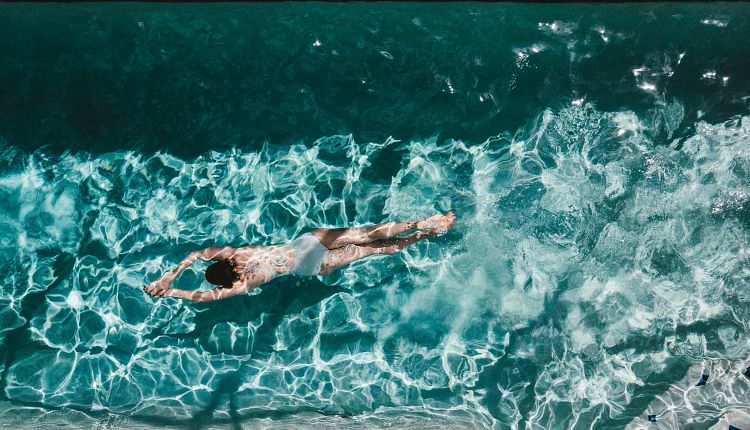

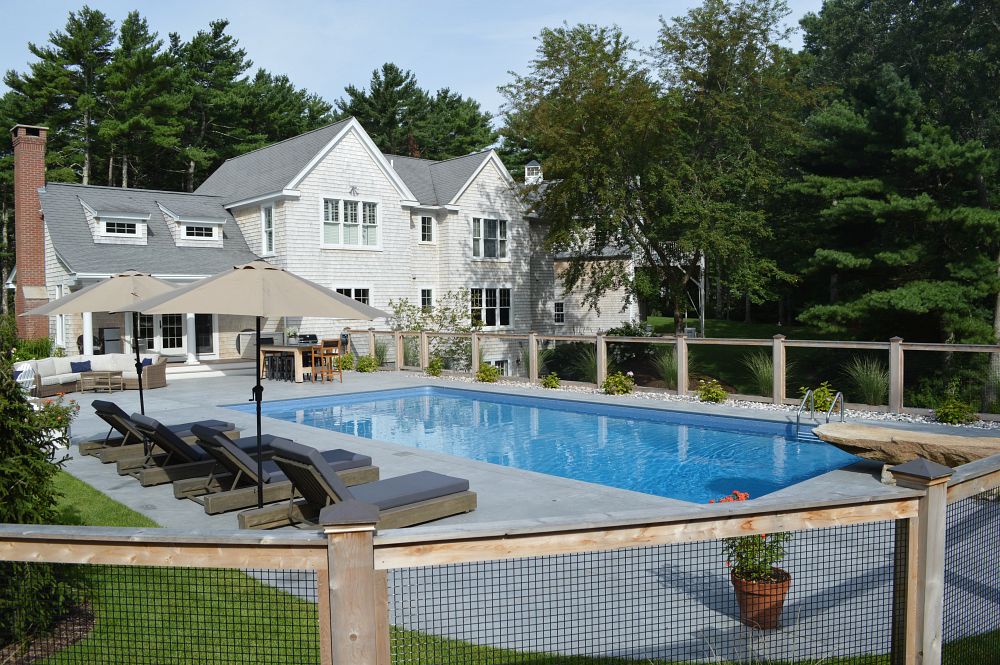
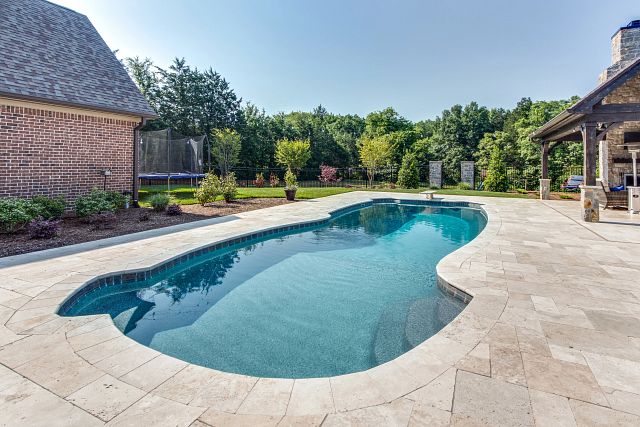
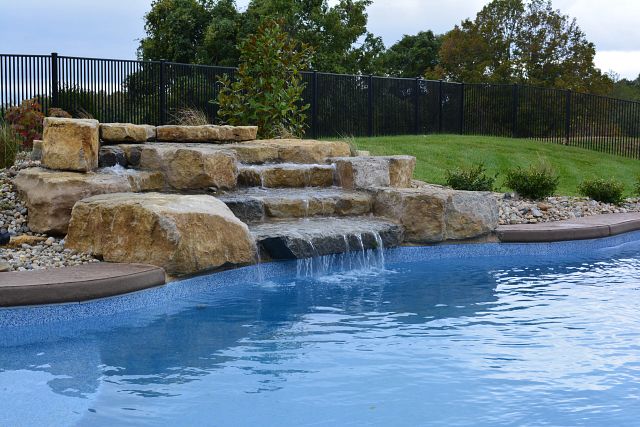
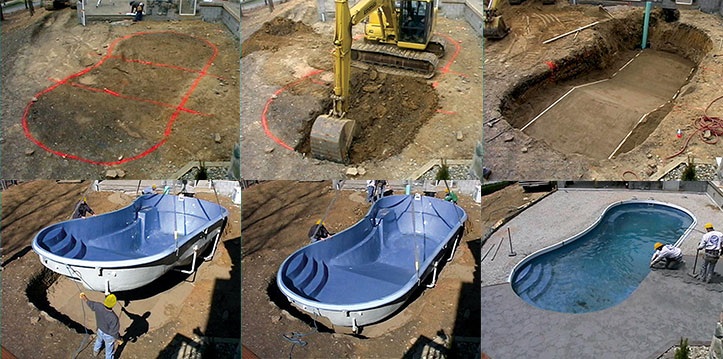
Join the discussion